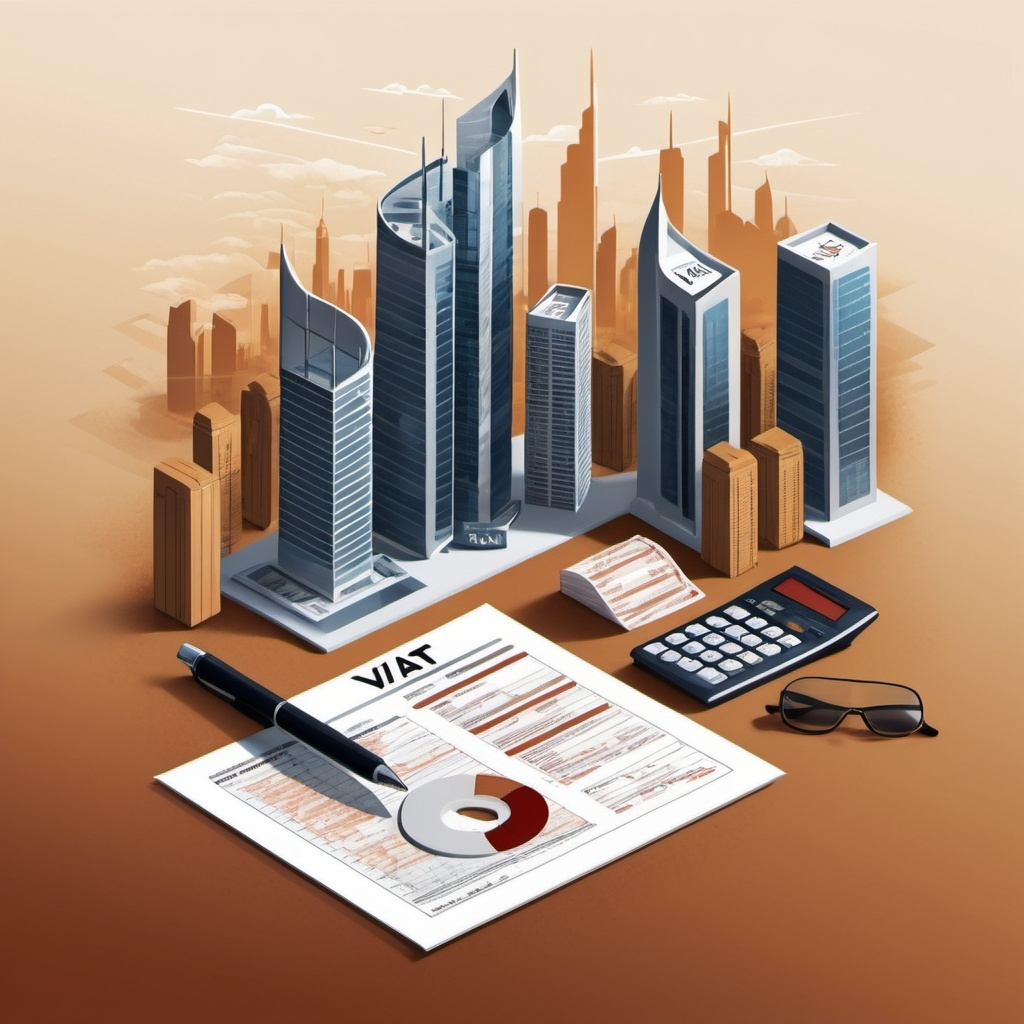Enterprise-Wide Risk Assessment
Publish On : 23-09-2024
Safeguarding Precious Metals: The Critical Role of Enterprise-Wide Risk Assessment in Daily AML Compliance
I. Introduction to Enterprise-Wide Risk Assessment in AML Compliance
Hey there, precious metals enthusiasts and compliance pros! Let's chat about something that's super important in our industry: Enterprise-Wide Risk Assessment (EWRA) for Anti-Money Laundering (AML) compliance.
### A. Definition and purpose of enterprise-wide risk assessment
EWRA is like a big safety net for your business. It's a thorough look at all the potential risks your company might face when it comes to money laundering. The goal? To spot trouble before it happens and keep your business safe and sound.
B. Importance in the precious metals industry
In our world of glittering gold and sparkling silver, EWRA is extra important. Why? Well, precious metals are valuable and easy to move around, making them a favorite for folks up to no good. By doing a good risk assessment, we can stay one step ahead of the bad guys.
C. Regulatory requirements and expectations
The big bosses (aka regulators) expect us to have a solid EWRA in place. It's not just a nice-to-have; it's a must-have. They want to see that we're actively looking for risks and doing something about them.
II. Key Components of an Effective Risk Assessment Framework
A. Identifying potential risks and vulnerabilities
Think of this as making a list of all the ways things could go wrong. Maybe it's a sneaky customer trying to launder money, or a weak spot in your transaction monitoring. Whatever it is, we need to find it!
B. Assessing the likelihood and impact of risks
Once we've got our list, we need to figure out how likely each risk is to happen and how bad it would be if it did. It's like playing a game of "What if?" but with real consequences.
C. Implementing risk mitigation strategies
Now comes the fun part - coming up with ways to stop these risks in their tracks. This could be anything from extra training for your team to fancy new software that spots suspicious activity.
III. Integrating Risk Assessment into Daily AML Practices
A. Continuous monitoring and evaluation
Risk assessment isn't a one-and-done deal. We need to keep our eyes peeled all the time. It's like being a safety guard on constant patrol.
B. Adapting policies and procedures based on risk findings
When we spot a new risk or see that an old one is getting worse, we need to change how we do things. It's all about being flexible and ready to adapt.
C. Training staff on risk awareness and management
Your team is your first line of defense. Make sure they know what to look out for and what to do if they spot something fishy.
IV. Challenges in Implementing Enterprise-Wide Risk Assessment
A. Resource allocation and time constraints
Let's be real - doing a good EWRA takes time and money. It can be tough to find both when you're busy running a business.
B. Data quality and accessibility issues
You need good data to make good decisions. But sometimes, getting that data can be like trying to find a needle in a haystack.
C. Keeping up with evolving risks and regulations
The bad guys are always coming up with new tricks, and the regulators are always updating the rules. It can feel like trying to hit a moving target sometimes.
V. Benefits of Robust Risk Assessment in Precious Metals AML Compliance
A. Enhanced detection of suspicious activities
A good EWRA helps you spot the weird stuff faster. It's like having a super-powered magnifying glass for your business.
B. Improved regulatory compliance and reduced penalties
When the regulators come knocking, you'll be ready. Plus, you're less likely to face hefty fines if you can show you're on top of your risk game.
C. Strengthened reputation and stakeholder trust
Customers, partners, and investors all like to see that you're taking risk seriously. It shows you're a responsible player in the industry.
VI. Technology and Tools for Effective Risk Assessment
A. Data analytics and artificial intelligence
These fancy tools can help you crunch numbers and spot patterns that a human might miss. It's like having a really smart assistant working 24/7.
B. Automated risk scoring systems
These systems can help you quickly figure out which customers or transactions need a closer look. It's like having a traffic light system for risk.
C. Centralized risk management platforms
Having all your risk info in one place makes life so much easier. It's like having a control center for your entire risk operation.
VII. Best Practices for Ongoing Risk Assessment
A. Regular review and updates of risk assessment methodologies
The world changes, and so should your risk assessment. Make sure to dust it off and give it a good look-over regularly.
B. Collaboration between departments and external stakeholders
Risk isn't just a compliance issue - it affects everyone. Get input from all parts of your business and even outside experts.
C. Documenting and reporting risk assessment findings
Keep good records of what you find and what you do about it. It's not just for the regulators - it helps you track your progress over time.
VIII. Summary
EWRA isn't just a box to tick - it's a powerful tool that can help keep your precious metals business safe and successful. By staying on top of risks, adapting to changes, and using the right tools, you can turn risk assessment from a chore into a real business advantage.
Recent Articles

The Ultimate Guide To Selecting External Auditors
Publish On : 30-07-2024

"The Importance of Regular Anti-Money Laundering Audits"
Publish On : 31-07-2024

List of VAT-Exempt Goods and Services in UAE
Publish On : 01-08-2024

How Transaction Monitoring Improves AML Compliance
Publish On : 02-08-2024

Navigating the AML Software Landscape
Publish On : 02-08-2024

Economic Substance in the UAE
Publish On : 19-07-2024

AML Compliance Services in Dubai, UAE
Publish On : 22-07-2024
